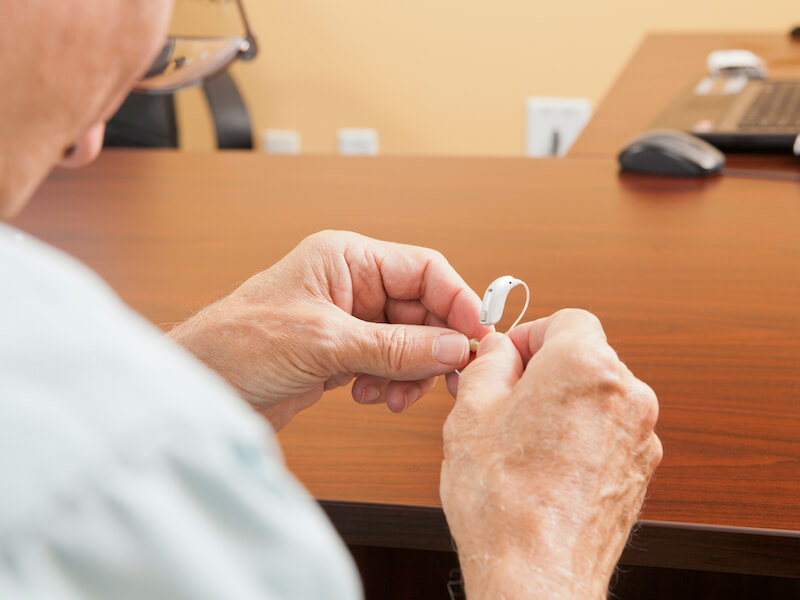
You go above and beyond to ensure your hearing aids are well cared for. Cleaning them every day, you make sure they’re safe and comfortable on their charger when you go to bed.
Suddenly and discouragingly, your hearing aids aren’t working the way they used to. Fortunately, there are some steps you can take to diagnose the issue. Just don’t forget: your main job is to refrain from damaging your hearing aid further (or you may have to replace them).
Hearing aid troubleshooting
You saved the owner’s manual that came with your shiny new hearing aids, right? Hopefully, you did so that you can consult with your owner’s manual to perform maintenance and troubleshooting. Every model of hearing aid can be rather different so it’s essential to follow the manual’s recommendations.
Here are some things you can check on most models:
- Check your battery: You’ll still want to check the battery power even if you had your hearing aids on the charger overnight. It may be a good plan to check if you might need new batteries or if the old ones are properly inserted, especially if your batteries are replaceable.
- Keep your microphone clear: Look for anything blocking the microphone of your hearing aid. A blocked microphone can create feedback or can cause your hearing aids to sound broken or silent.
- Wax accumulation: Make sure there is no wax on your hearing aid by giving it a visual check. Wax can build up quickly even if you clean your hearing aids regularly so make sure you double check.
- Look for visible damage: Do you notice any visible cracks or loose components around the shell of your hearing aid? Cracks, clearly, could indicate more significant damage (or let in moisture).
Once again you can learn how to address each of these issues by consulting your owner’s manual. Self-maintenance is sometimes possible.
How can I tell when my hearing aid requires repair?
If your hearing aid keeps malfunctioning after you’ve performed basic maintenance and troubleshooting, it’s likely that your hearing aid will need to be professionally repaired. That may not always sound appealing, after all, you depend on your hearing aid for daily communication (not to mention dinners with your family, staying up to date with your favorite Netflix series, and so on).
It’s certainly worth noting that “repair” doesn’t always mean “send your hearing aids in for service and wait a few weeks”. In some instances, we can repair your hearing aid in office while you wait.
Or, you’ll be able to bring your hearing aids in for professional help and have them back in just a few hours (this, of course, depends on the degree of the damage, all the more reason to bring your devices in for repair as soon as you can).
There are still some instances where such rapid repair isn’t possible. A backup pair of hearing aids may be required in these cases. Maybe you have an old pair that will do temporarily in a pinch. Or maybe we have a loaner pair you can use.
Get help with your hearing aids right away
If the audio quality is starting to fail, it’s essential to get your hearing aids assessed and repaired.
You’ll want to try to avoid any downtime. Your mental health and your overall health can be affected by neglected hearing loss. Moreover, once your hearing aids are ignored in a box somewhere, it’s all too easy to pretend they don’t exist, all the while, your hearing gets worse and worse.
Keeping those hearing aids in good working order is the key to keeping your hearing healthy. And the best way to do that is to keep them clean, keep them charged, and, when necessary, bring your hearing aids to get some professional help.